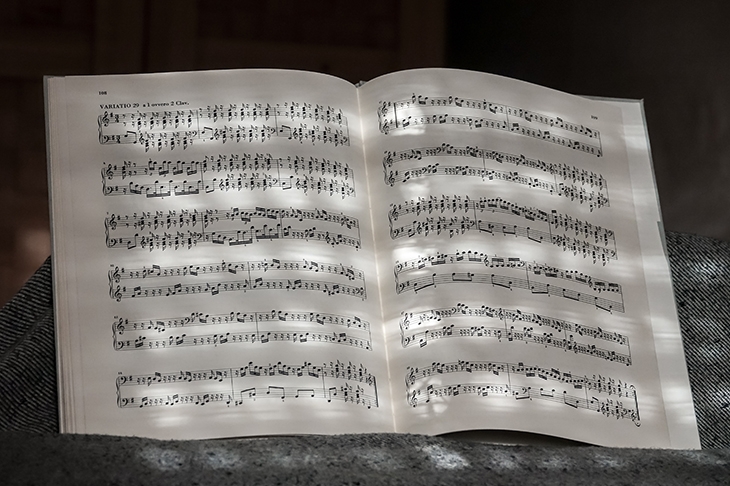Were this a less good book than it is, it would be called How Bach Can Help You Grieve. As it is, Counterpoint serves very well, describing the American art and architecture critic Philip Kennicott’s intertwined themes: his reaction to the death of his mother, with whom he had a fractious and traumatic relationship, and his attempt to learn Bach’s Goldberg Variations, through which he considers the ability of the greatest music to ease us out of a senseless pit of grief.
Already a subscriber? Log in
Subscribe for just $2 a week
Try a month of The Spectator Australia absolutely free and without commitment. Not only that but – if you choose to continue – you’ll pay just $2 a week for your first year.
- Unlimited access to spectator.com.au and app
- The weekly edition on the Spectator Australia app
- Spectator podcasts and newsletters
- Full access to spectator.co.uk
Unlock this article
You might disagree with half of it, but you’ll enjoy reading all of it. Try your first month for free, then just $2 a week for the remainder of your first year.














Comments
Don't miss out
Join the conversation with other Spectator Australia readers. Subscribe to leave a comment.
SUBSCRIBEAlready a subscriber? Log in